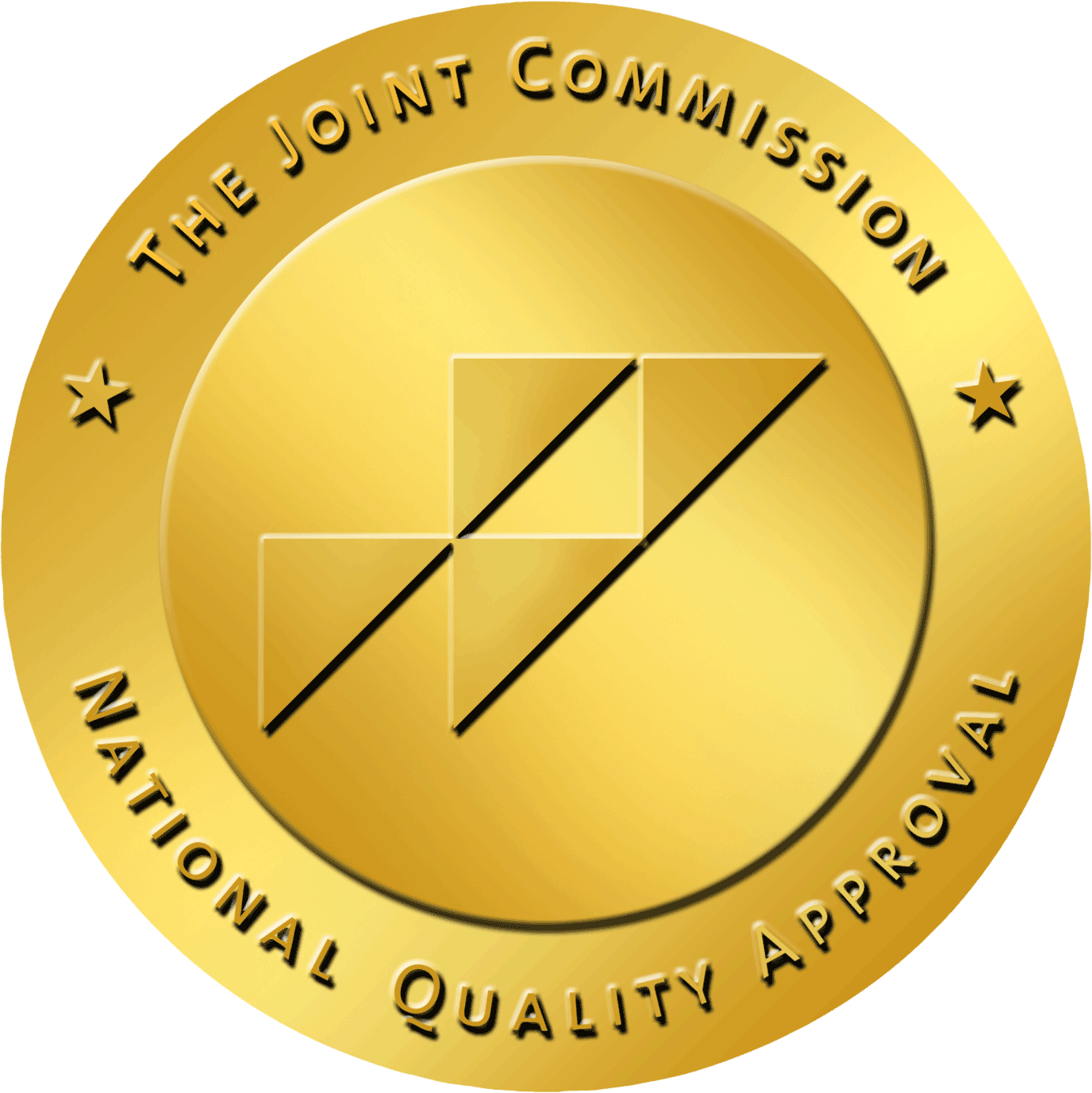News
Athletes Face Higher Risk For Other Injuries After A Concussion
In the past few years, much attention has been paid to the long-term mental and physical risks of traumatic brain injury, especially in football. In the noise, it can be forgotten that brain injuries also carry serious short-term side-effects and symptoms that can be debilitating.
Despite chronic headaches, nausea, blurred vision, and cognitive difficulties, a large number of athletes return to sports as soon as they can following a brain injury. Studies show that up to 85% of concussed athletes return to competition within seven days of a head injury, but research has also shown symptoms can last much longer.
A new study suggests returning to play so quickly may also putting players at higher risk for other injuries as well. According to a new study published in Medicine & Science in Sports & Exercise, college athletes are almost twice as likely to experience a serious knee, ankle, or lower limb injury in the year after a concussion, compared to the year before their injury.
The researchers say concussion may impair the brain’s ability to coordinate physical movement, and these deficits may remain longer than other, more measurable symptoms such as headaches. The study suggests subtle disruptions in brain pathways may increase the time between reaction and response, which could increase the risk of subsequent injury.
For the study, researchers at the University of North Carolina in Chapel Hill evaluated health data from 102 students in their early 20’s, of which approximately two-thirds were men. The participants all participated in sports, including football, swimming, basketball, and soccer, between 2010 and 2013. The athletes who experienced concussions were matched to control participants by age, sport, body type, and the number of practices or games that could potentially cause injury.
The researchers measured musculoskeletal injuries at three, six, and twelve months after the initial injury.
In the year before injury, sixty-one injuries were recorded, including strains, sprains, and fractures. The concussion group accounted for just 34% of these injuries. In the year after concussion, 97 such injuries were noted, with 58% occurring in the concussion group.
The report says there was no significant difference in injury rates between the two groups in the year before concussion. However, in the following year the concussion group was 1.6 times more likely to experience an injury compared to the control group.




